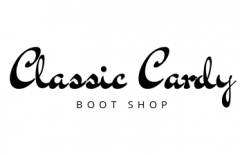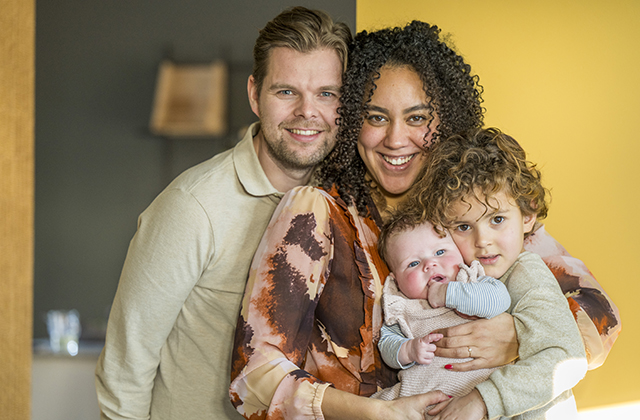Attending a portrait painting exhibition is not just an opportunity to admire timeless artistry but also a chance to express your unique style. From classic galleries to contemporary art spaces, the right pair of boots can elevate your outfit while ensuring comfort as you navigate through exhibits. Whether you’re marveling at paintings portrait paintings or celebrating paintings for family portraits, your footwear can make a statement that’s as creative as the artwork itself.
In this guide, we’ll explore fashionable boots to wear to a portrait painting exhibition, balancing aesthetics, practicality, and the essence of artistic spaces.
Why Footwear Matters at an Art Exhibition
- Comfort is Key
- Exhibitions often require walking and standing for extended periods as you explore galleries and engage with artwork. Comfortable boots ensure you can fully enjoy the experience without distractions.
- Expressing Your Style
- An art exhibition is an event where personal style shines. The right boots can complement your outfit, showing your appreciation for creativity and fashion.
- Seasonal Adaptability
- Boots offer versatility, allowing you to adapt to different seasons and exhibition venues, from indoor galleries to outdoor art festivals.
Choosing the Perfect Boots for a Portrait Painting Exhibition
- Classic Ankle Boots
- Ankle boots are a timeless choice that pairs effortlessly with both casual and semi-formal attire. Opt for neutral colors like black, beige, or brown to create a polished look.
- Style Tip: Pair suede ankle boots with a midi skirt and tailored blazer for a sophisticated yet comfortable ensemble.
- Elegant Chelsea Boots
- Chelsea boots are sleek, versatile, and easy to slip on and off. Their minimalist design makes them a perfect match for the artistic ambiance of an exhibition.
- Style Tip: Match leather Chelsea boots with slim trousers and a statement blouse for a modern gallery-ready outfit.
- Statement Heeled Boots
- Add a touch of drama to your look with heeled boots. Block heels provide comfort while elongating your silhouette.
- Style Tip: Coordinate bold-colored or patterned boots with a monochrome outfit to let your footwear shine.
- Vintage Lace-Up Boots
- Channel timeless elegance with lace-up boots inspired by vintage designs. These boots complement the classic themes often found in paintings portrait paintings.
- Style Tip: Pair lace-up boots with a long floral dress and a fitted coat for a vintage-inspired look.
- Knee-High Boots
- For a bold yet elegant statement, knee-high boots are an excellent choice. They add height and sophistication, especially in colder months.
- Style Tip: Wear knee-high boots with a midi dress or skirt to balance proportions and highlight the boots.
Fashion Meets Art: Styling Boots for Different Exhibition Themes
- Classic Portraits
- For exhibitions featuring traditional paintings for family portraits, embrace a classic look with leather or suede boots in neutral tones.
- Outfit Idea: A tailored trench coat, high-waisted trousers, and leather ankle boots for a timeless and refined style.
- Contemporary Portraiture
- For modern or experimental exhibits, opt for edgy boots with unique details like metallic accents, bold patterns, or asymmetrical designs.
- Outfit Idea: A midi-length sweater dress paired with platform boots for a contemporary vibe.
- Outdoor Exhibitions
- If the exhibition is held in an outdoor venue, prioritize functionality with waterproof or weather-resistant boots.
- Outfit Idea: Pair chunky combat boots with skinny jeans and a parka for a practical yet stylish look.
Inspiration from Portrait Paintings
Portrait painting exhibitions often inspire fashion choices. Here’s how the themes and styles found in paintings portrait paintings and paintings for family portraits can influence your outfit:
- Baroque Elegance
- Portraits from the Baroque era often feature luxurious textures and ornate details. Reflect this opulence with velvet or embroidered boots.
- Romanticism
- Romantic-era paintings evoke soft, flowing fabrics and earthy tones. Choose boots in warm hues like burgundy or forest green.
- Modern Minimalism
- Contemporary portraiture often embraces clean lines and simplicity. Minimalist Chelsea or sock boots perfectly complement this aesthetic.
Accessories to Pair with Your Boots
To complete your look, consider accessories that tie your outfit together while paying homage to the artistry of the exhibition:
- Statement Jewelry
- Opt for bold necklaces or earrings that echo the themes of the paintings you’re viewing.
- Art-Inspired Handbags
- Carry a handbag featuring patterns or designs inspired by classic or modern art.
- Stylish Outerwear
- A well-tailored coat or jacket adds sophistication and ensures you’re prepared for gallery air conditioning or outdoor chill.
Comfort Tips for Long Exhibition Days
- Cushioned Insoles
- Enhance comfort by adding cushioned insoles to your boots, especially if they’re new or have high heels.
- Break Them In
- Wear your boots a few times before the event to prevent discomfort or blisters.
- Choose Breathable Materials
- Leather or suede boots allow your feet to breathe, reducing fatigue during long hours of walking.
Case Study: Styling for a Portrait Painting Exhibition in Sydney
Imagine attending a portrait painting exhibition in Sydney featuring a mix of paintings for family portraits and modern portraiture. Here’s a curated outfit idea:
- The Outfit
- A tailored navy jumpsuit paired with beige leather ankle boots for a polished and comfortable look.
- Accessories
- A statement scarf featuring an abstract painting print and a structured crossbody bag.
- The Impact
- This outfit combines functionality with artistic flair, ensuring you feel confident and stylish as you explore the exhibition.
Why Boots Are the Perfect Choice for Art Exhibitions
- Versatility
- Boots seamlessly transition from day to evening events, making them ideal for exhibitions that include after-parties or panel discussions.
- Durability
- High-quality boots withstand wear and tear, ensuring they remain a staple in your wardrobe for future events.
- Symbolism
- Just as artists carefully craft their paintings portrait paintings, a thoughtfully chosen pair of boots reflects your personal style and attention to detail.
Conclusion
When attending a portrait painting exhibition, your choice of footwear is an opportunity to express your appreciation for art and fashion. Stylish boots not only provide comfort but also complement the creative atmosphere of the event. Whether you’re exploring paintings for family portraits or marveling at contemporary portraiture, the right pair of boots will ensure you step into the gallery with confidence and flair.
By blending practicality with artistic inspiration, your footwear can become a conversation starter and a reflection of the artistry on display. So, the next time you’re preparing for an exhibition, let your boots make a statement as bold and beautiful as the paintings you admire.


